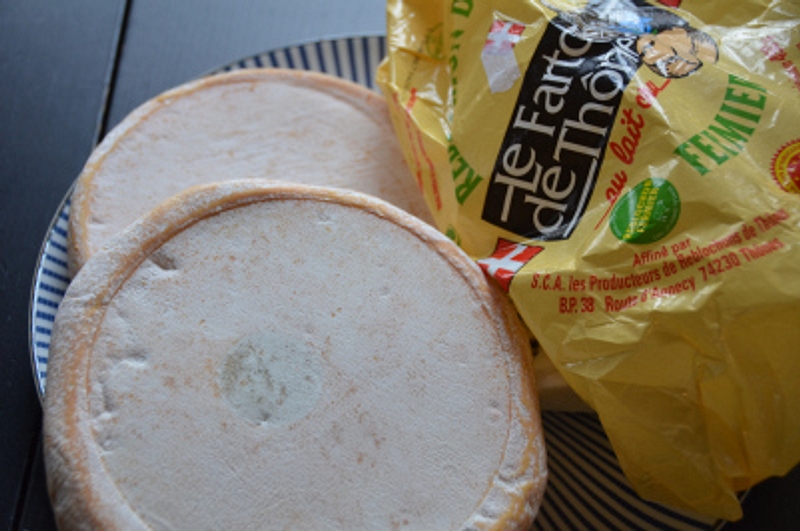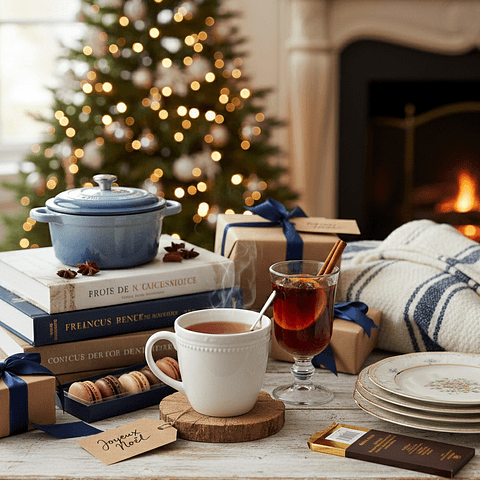The history of this famed French fromage dates back to harder times to the 13th century to the valleys of Savoie, today’s French-Italian border. To make it even darker, Reblochon was actually born from a cunning scheme devised by farmers against their unruly lords. During this feudal era, landowners ruled the land and everything that walked over it and what may potentially be produced from it! In other words, the milk gathered by farmers and herdsmen was taxed based on the logic that the cows had grazed from their pastures. The French Ministry of Reblochon explains that “The tax was collected once a year and was based on the number of pails produced by a particular herd per day (an estimate was then made on the quantity of butter and cheese that would be produced from this milk)”. On the day of inspection, farmers would only do a partial milking of their cows in order to pay fewer taxes. After the controllers left, the herdsmen “re-blochainet” – re-milked the cows which produced even creamier milk, then used to create Reblochon! Voila!
Now, enough of the history let’s get to the taste. First of all, you will always find Reblochon in the form of a disk weighing about 500g/17.5oz and frankly put, Reblochon is a stinker! It’s a common characteristic of cheeses washed with whey during the aging process and if you’re an unbiased cheese lover, you know that’s a good sign! The washed rind also results in the orange color on the exterior and pale yellow interior. Reblochon is always made with unpasteurized cow’s milk and considered a semi-soft cheese. However, in contrast to its distinctive smell, the taste is mild- even fruity, and is associated with a nutty aftertaste on the palette.

Reblochon
In 1958 Reblochon was the first cheese of the Savoie region to be granted the AOC certification and with this grew strict regulations on the production and protection of the cheese. There are three select mountain breeds of cows whose milk is used. In the warmer months with lush pastures, the cows graze strictly only on pastoral grass then substituted with hay and some grains during the winter period.
There’s no better way to spend these cold, long nights than with a crusty baugette, your favorite bouteille de vin and a fromage platter, which cannot be complete without Reblochon. Dress it up and serve it along with dried apricots and hazelnuts to add some contrasting sweetness. In terms of wine, serve with a dry white wine and for those who prefer the reds, a slightly fruity one will do just fine. The official French ministry of Reblochon recommends storing the disc at the bottom of the fridge, where it’s coldest and to remove it two hours before serving, where it should then be slightly cooler than room temperature. For the optimal experience, slice the cheese into pointy triangles by first cutting the disc in half then sectioning off each half.
Roblochon is not only a star on the cheese platter, but there are indeed many recipes that call for the famed cheese. The ultimate French “comfort food” – La Tartiflette, for example, is a delicious mixture of potatoes, bacon and melted roblochon. It’s the perfect ending to a day of skiing in the Rhône Alps!
